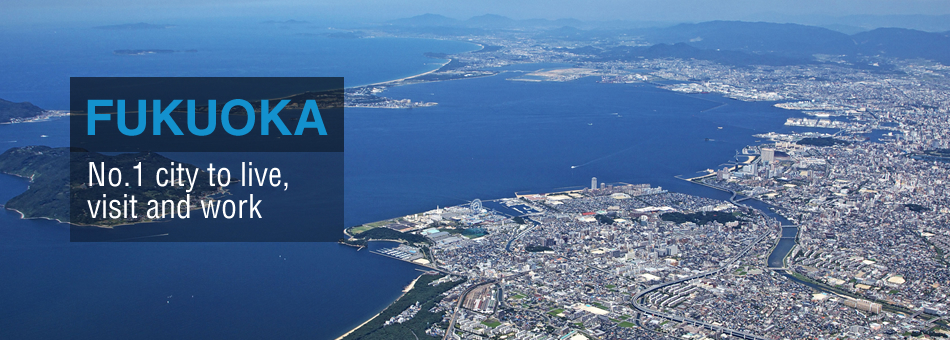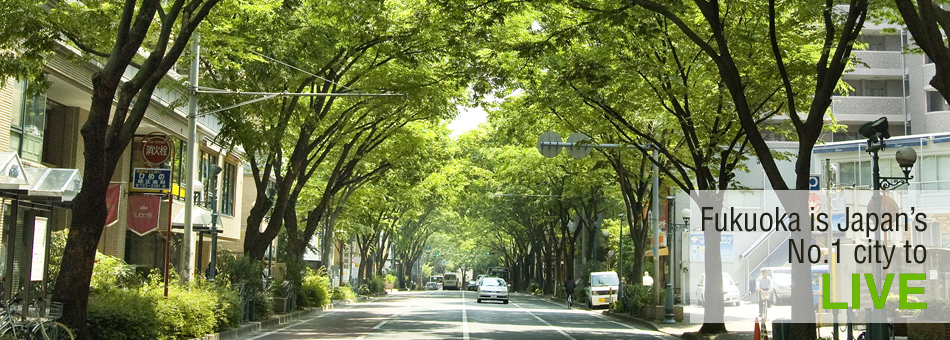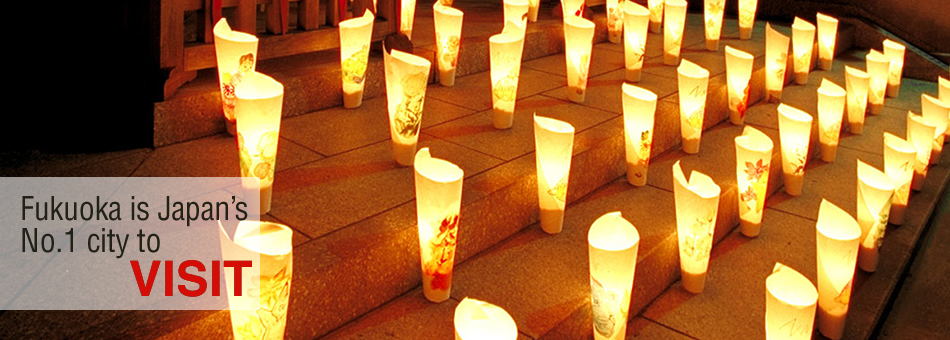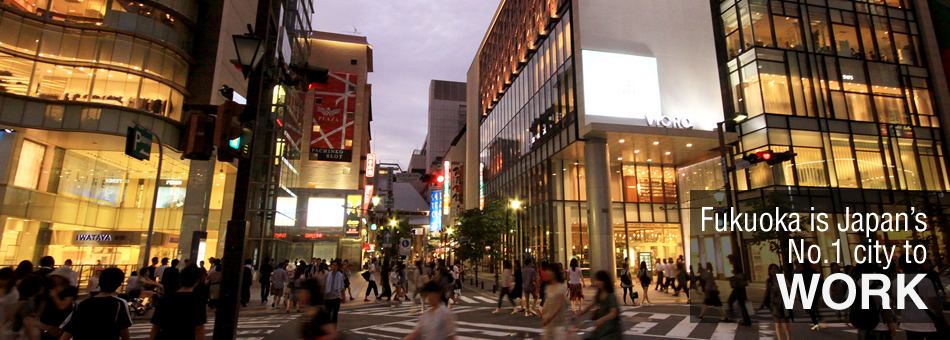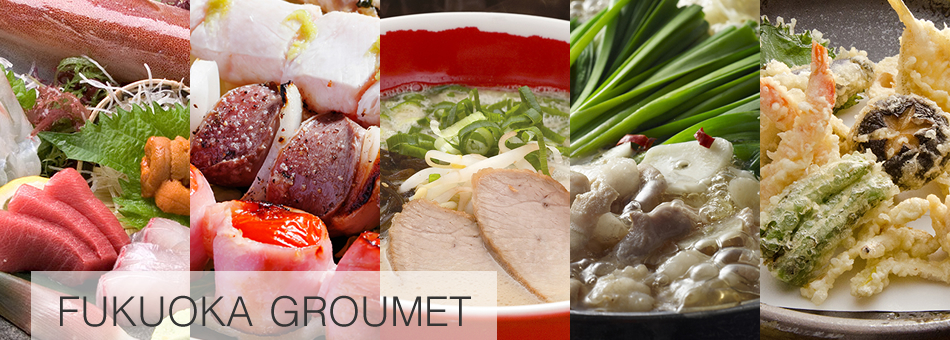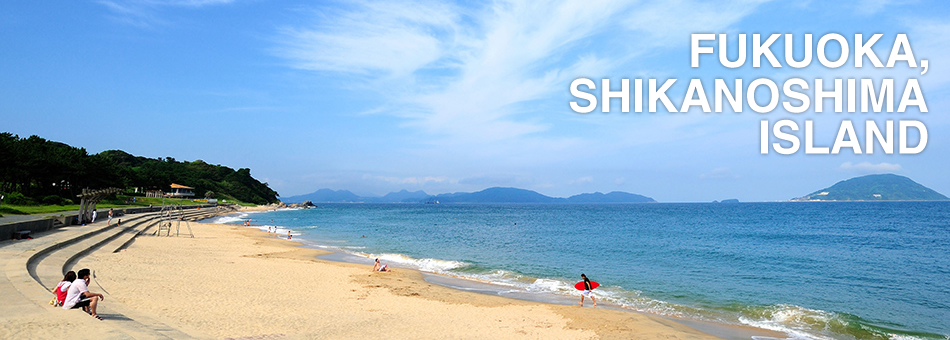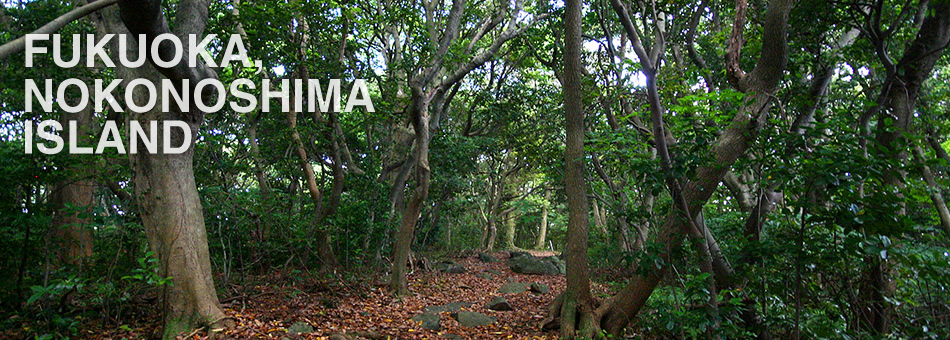During the rainy season (Tsuyu), you can enjoy a variety of Ajisai flowers all across the city. Hydransea means “the container of water”—perfect for the rainy season. There are many different colors of Ajisai—purple, blue, pink and white.
Fukuoka has some famous Ajisai spots. Here are a few.
Continue reading
